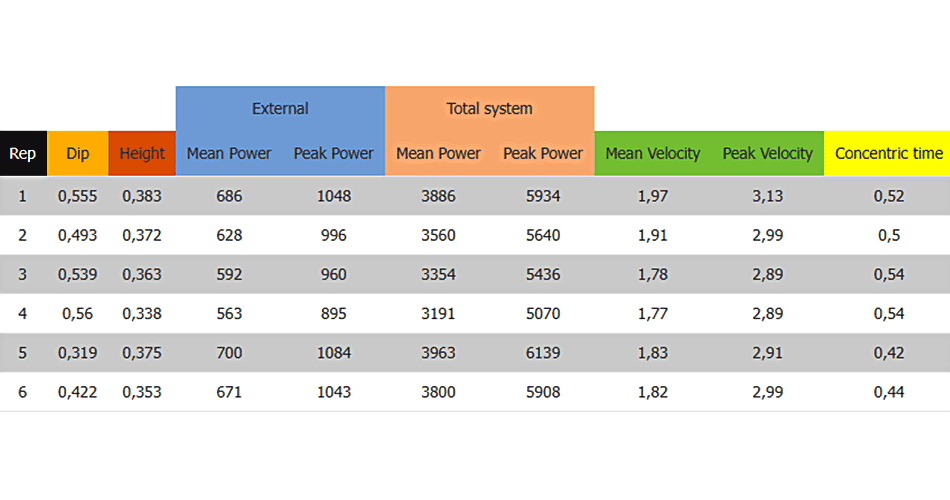How to Track 1RM Without Actually Testing It
Introduction
There are two main methods for estimating 1RM of an exercise: (1) to build up to true 1RM lift and (2) to estimate 1RM from reps-to-(technical)-failure [RtTF] with sub-max weight using various formulas and tables.
One simple formula to be used with reps-to-(technical)-failure [RtTF] is the following:
![]()
For example, if I squatted 140kg for 5 reps (6threp would be impossible or technically flawed) I can estimate my 1RM using the above formula:
![]()
The problem with these two approaches is that they demand time and energy to be done. Some lifters following Bulgarian ideology lift to daily 1RM by ramping up the weight from set to set in the main movements and finish-up with couple of sub-max sets. RtTF could also be applied somewhere in the training cycle by performing one open set at the end of the prescribed sets (e.g. after doing 2×5 reps with 80%, try to do 3rd one with as-much-reps-as-possible).
Both of them are viable options for occasional testing days. What we are looking for is a way to estimate 1RMs DAILY and without negatively affecting the normal training process. This is important because regular monitoring could help us individualize training load, durations of the training blocks and tapering, especially if it is combined with a measure of workload (like tonnage, relative volume or what have you)1.
Testing days are a bit left behind us because, excluding the strength sports (but even there), athletes nowadays cannot afford a whole day for testing and doing it occasionally to be useful – especially in team sports. What do we need is continuous monitoring of both training loads and training effects without negatively affecting the normal training process. This would give us a feedback and it is up to us then to manage emerging information and to modify the overall training process based on them (without relying too much on predefined set/rep schemes and block distributions and durations).
One quick way to do this is to use ISO pulls. Yet for that we need specialize equipment (like force plates or force gauges). Plus we are not sure how force expression at certain joint angle relates to the dynamic movement for a certain individual. Although this might be used as an indicator of improvement/regression, it is not a best way to estimate 1RM for a dynamic movement.
I am about the present you the most simple and quickest way to do just this by using nothing more than your warm-up sets.
Estimating 1RMs using load-velocity regression
I have wrote previously on the method for estimating 1RM using load-velocity relationship. This could be considered new, or the third way to estimate 1RM (two of them being true 1RM test and reps-to-(technical)-failure as explained). What I would love to do now is to tweakit a little bit and make it applicable for daily monitoring instead for occasional full session testing.
Performing either true 1RM or RtTF testing session with velocity analysis should still be the gold standard and it should be performed occasionally at specific check marks or competitions. Here is why – you need to know your “minimal velocity threshold” (MVT) or in plain English the velocity of your 1RM repetition.
Interestingly enough, the “minimal velocity threshold” (MVT) is the very similar for 1RM lift and for the last rep in RtTF tests2. In other words, the mean velocity of the 1RM repetition will be not be (statistically) significantly different than the mean velocity of the last repetition in the 5RM test.
Hence, to use load-velocity regression one needs to know his MVT for the exercises he wants to monitor. In the following table there are MVTs for bench press and squat movement that one could use as a starting point before estimating his own (or of his athletes) MVT.











Responses